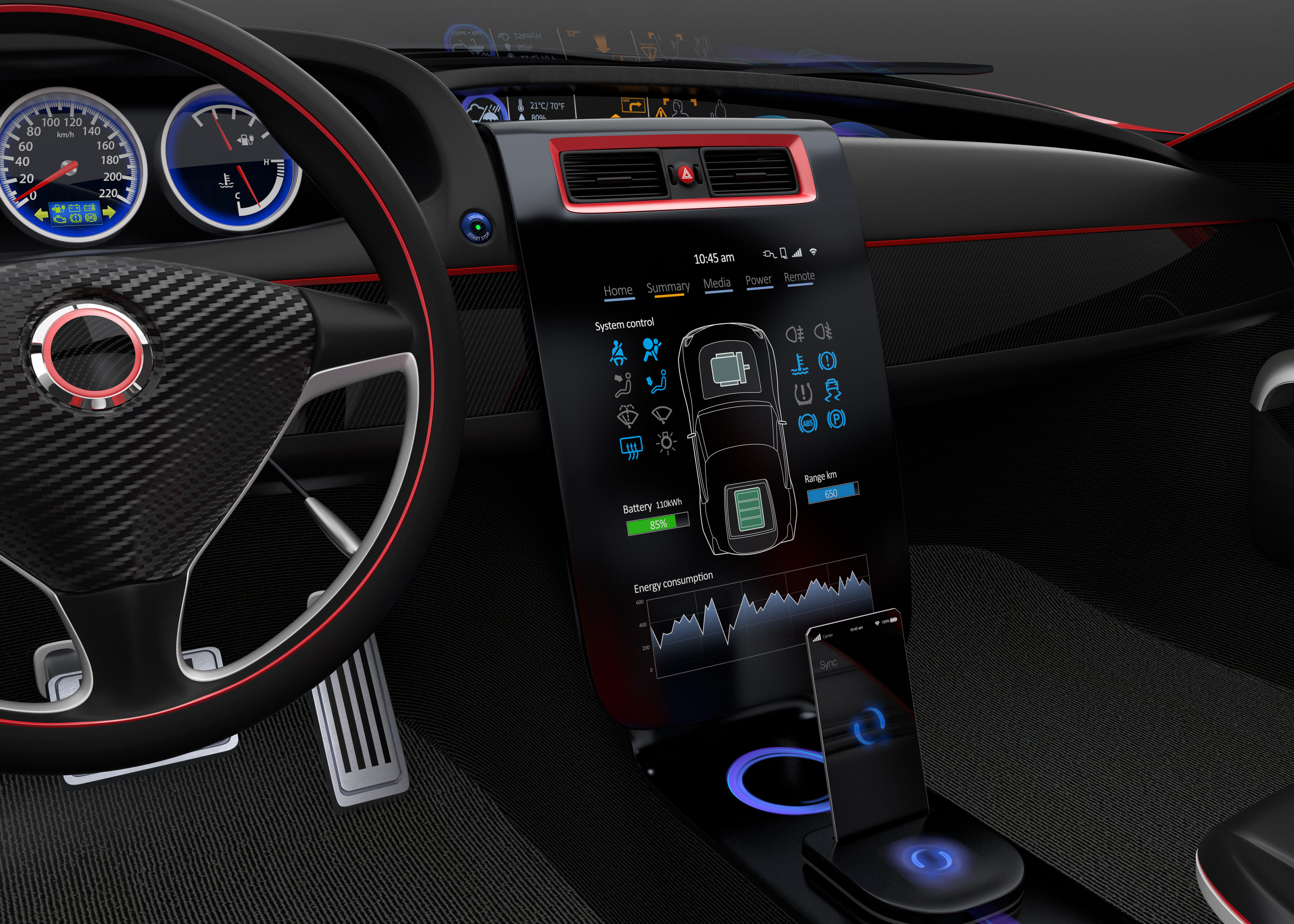In today’s car, data is being generated and collected from a multitude of sources, the engine, the vehicle surroundings, and the route taken to name just a few. But what about the person operating the car? What do we know about the driver themselves while they are operating the vehicle and is it worth considering? Using technology being both developed as well as readily available today, it’s possible to monitor a multitude of body health indicators, creating a wealth of driver based biometrics.
While most people are comfortable with wearable technologies for body health indicators, it’s not necessary in the vehicle. Using no-contact based sensors, health indicators such heart rate, body temperatures, skin moisture level, and pupil dilation can take place with properly placed sensors. Even EEG monitoring can be done using headrest sensors.
So what can be done with this data? First and foremost, a better driving experience. Using details from a driver’s skin temperature and moisture level, the cabin temperature can be adjusted. Based on other health indicators, driver alerts can be displayed if the driver is sleepy. Road rage? It can be detected long before an incident takes place. Driver fatigue being detected? Suggested seat changes and cabin temperature changes. What about a panic attack or impending heart attack? The driver can be altered and pull off the roadway, or the driver’s physician can be automatically called based on the level of detection. Impending Aneurism? This is almost always fatal due to people ignoring or not being aware of the early warning signs. However, if the vehicle has the right sensors and algorithms in place, the potential to save the life of the driver is enormous.
Secondly, the data can also be used for health records. Much like some wearables, a driver can now have a rich health history that can be shared with their physician. But unlike a wearable, there’s no effort on the drivers part outside of opting into the program when they by the car and entering their physician contact details. The ability to have long term at-rest (or close to it) health records is right at our fingertips.
Third, the the data can be anonymized and then shared form better vehicles to improved infrastructure. Car engineers can refine what’s a better driving experience to highway engineers who can examine the data to better understand the impact of their designs and the surrounding areas. Wouldn’t be great for engineers to understand stressful intersections or areas of the road with fact-based measurable data?
Last is automotive biometric data doesn’t have to be just within the car itself. What about getting the ideal seat adjustment just for you when you buy your new vehicle? It’s possible to have a no-contact scanner measure the length of your back, arms, and legs, then produce a profile unique just for you. All within a minute or two while at the car dealership. This biometric data can then be uploaded to your new car and the seat position can be adjusted to your ideal driving position. Now the dealership has created the ultimate luxury experience before you ever start the engine!
Automotive biometrics can then be used from the first moment a vehicle is purchased through the lifetime of the ownership. The primary benefactor is the driver themselves, extending the function of the car from transportation and a drivers experience to a mobile healthcare assistant helping improve our daily lives as well as potentially saving them before a health issue becomes critical.
